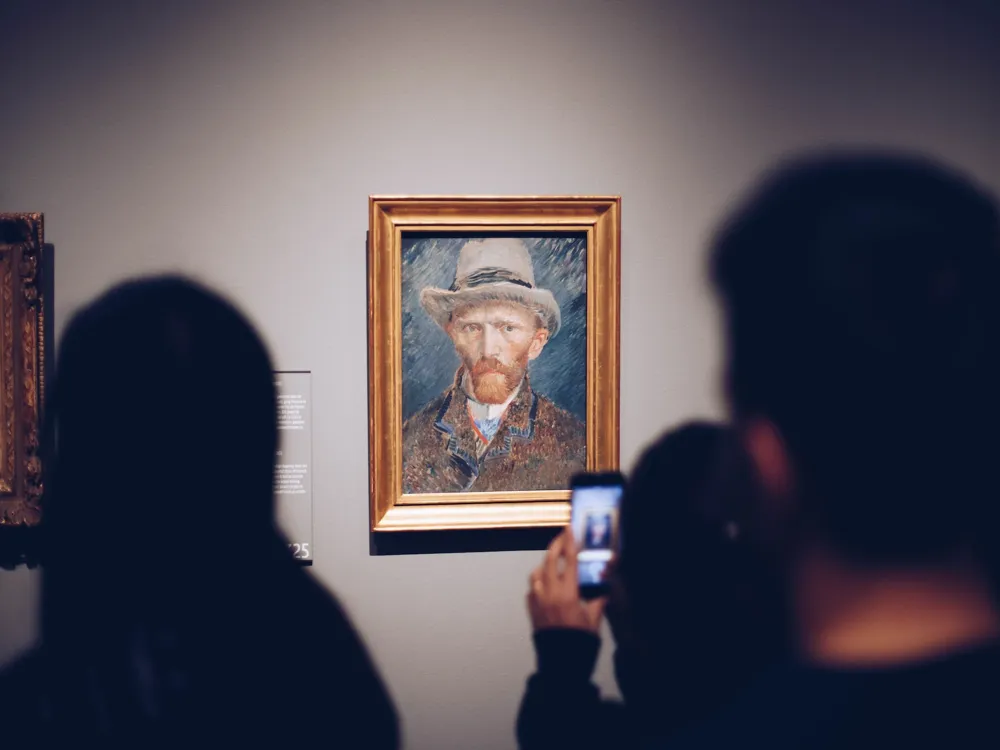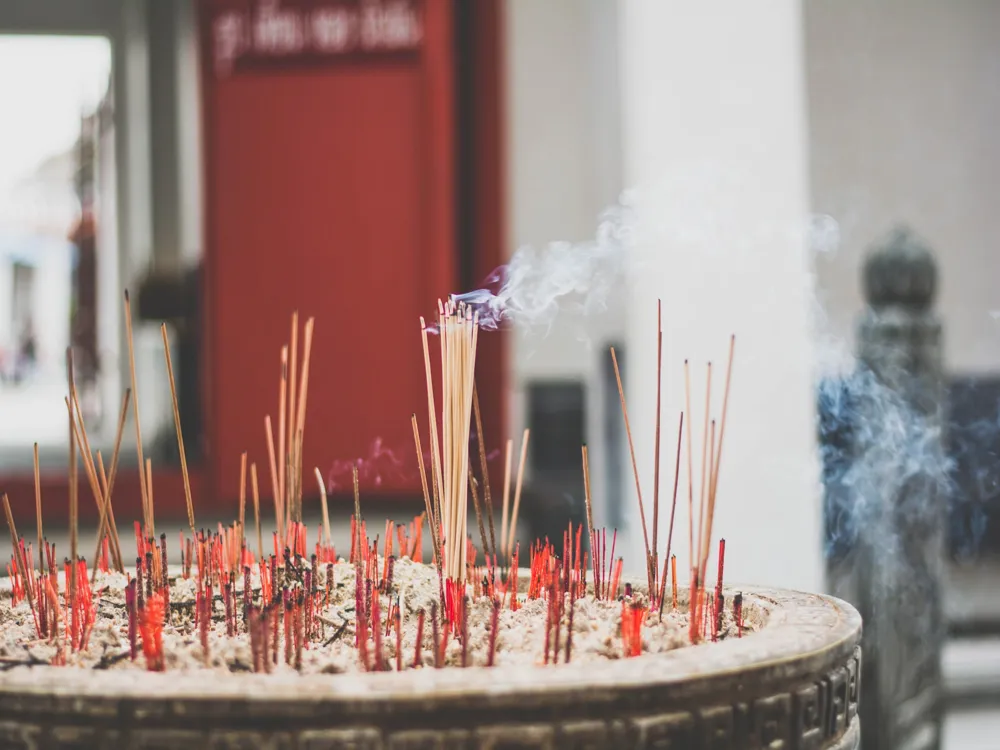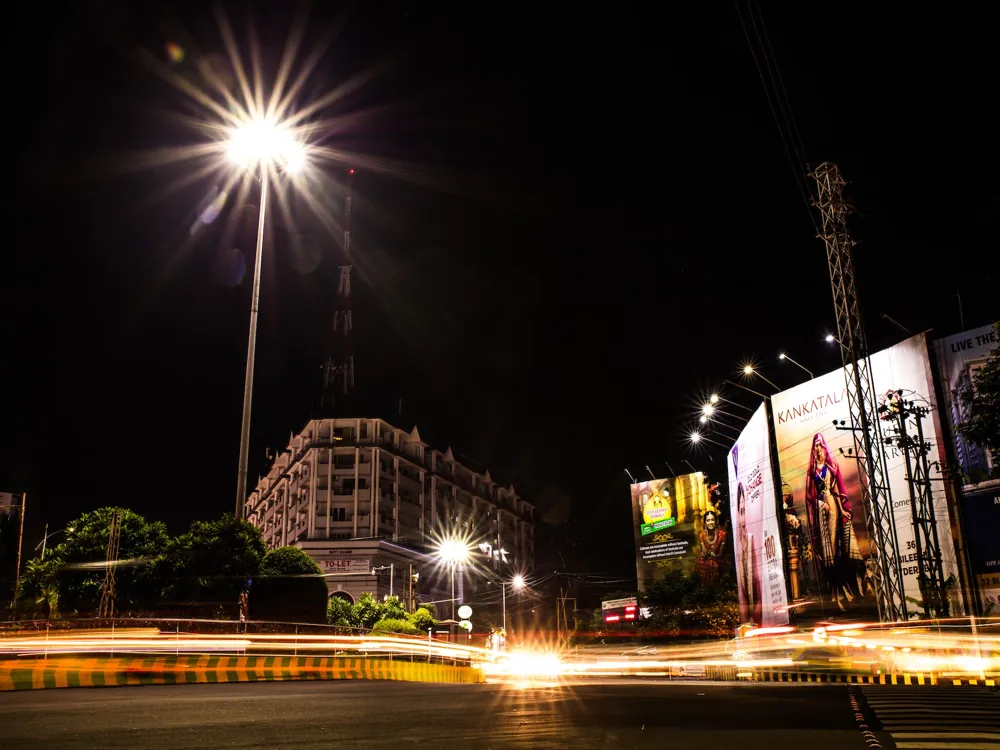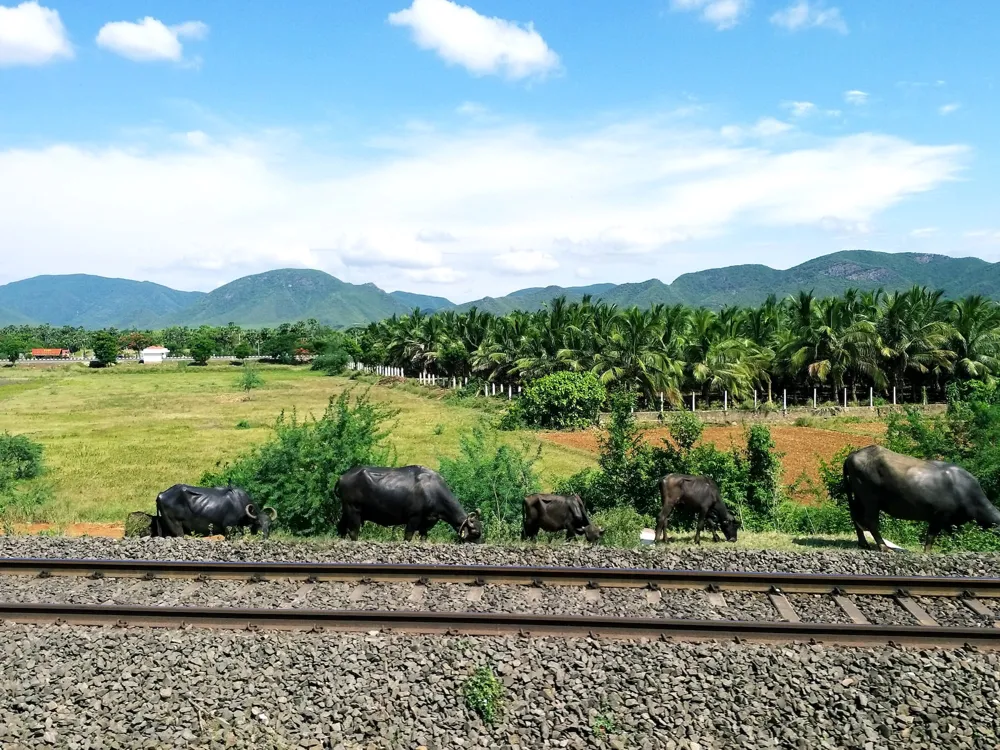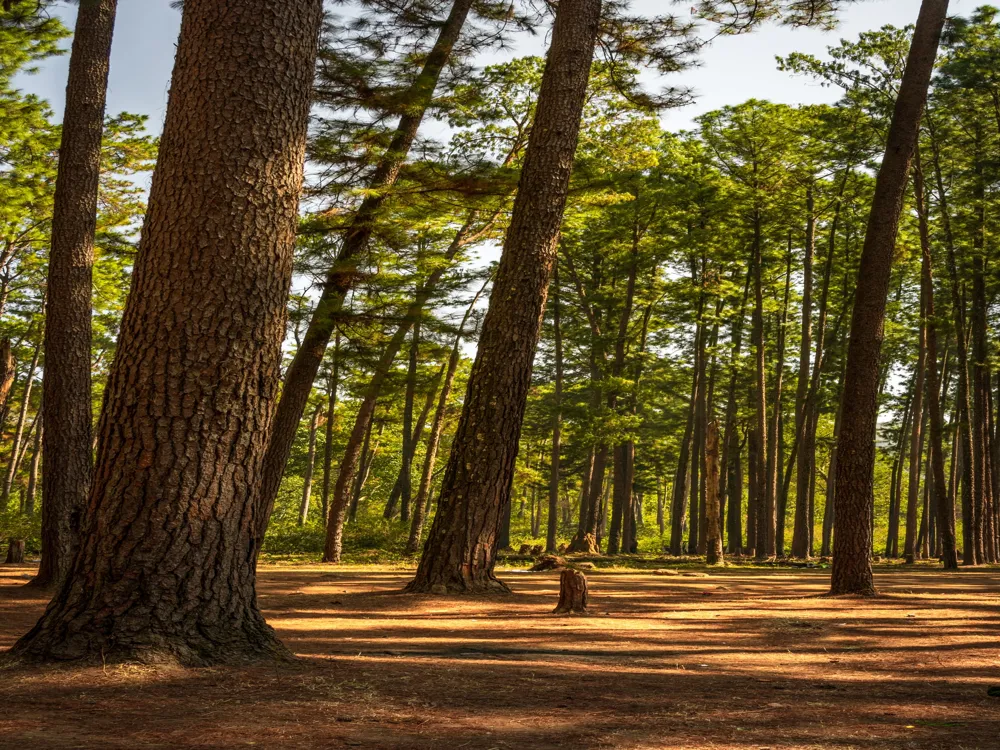Nestled in the verdant Ananthagiri Hills of Andhra Pradesh, the Araku Tribal Museum stands as a testament to the rich cultural heritage of the tribal communities in the region. This museum is not just a building; it's a journey through the life, traditions, and art of various tribes such as the Bagata, Gadaba, Khond, and others who have been living in these hills for centuries. The museum showcases a variety of tribal artifacts, traditional clothing, jewelry, and even life-size models of tribal huts, offering a comprehensive glimpse into their unique way of life. As you enter the museum, you are greeted by a display of traditional musical instruments, each with its own story. The wall paintings and sculptures inside reflect the intrinsic connection between these tribes and nature. One of the most captivating exhibits is the collection of terracotta sculptures that depict tribal men and women engaged in daily activities, providing insights into their social structure and lifestyle. The museum also features an impressive array of tribal paintings, known for their vibrant colors and intricate patterns, which are a visual treat. Moreover, the Araku Tribal Museum provides a platform for tribal artisans to showcase and sell their handicrafts, promoting the sustainability of their art and crafts. Visitors can purchase these unique items as souvenirs, directly contributing to the welfare of the tribal communities. The museum not only preserves the history and culture of these tribes but also plays a vital role in educating visitors about the diversity and richness of tribal heritage in India. The architecture of Araku Tribal Museum is as intriguing as its contents. Designed to blend seamlessly with its natural surroundings, the structure is built using traditional methods and materials that are typical of tribal constructions. The most striking feature of the museum's design is its resemblance to a tribal hut, with a roof made of dried grass and walls constructed from mud and local wood. This eco-friendly approach not only conserves the environment but also adds an authentic touch to the museum experience. The interior of the museum is equally fascinating, with its low ceilings and dim lighting, which mimic the ambiance of a tribal dwelling. The use of natural materials extends to the inside, where wooden beams, mud-plastered walls, and bamboo are prominent. The layout of the museum is thoughtfully designed to take visitors on a natural flow through the exhibits, ensuring an immersive experience. The large windows and strategically placed skylights allow natural light to filter in, further enhancing the connection with nature. The museum's architecture not only honors the traditional building techniques of the tribal communities but also serves as an example of sustainable and eco-conscious construction. It stands as a symbol of respect for the environment and the cultural values of the tribes, making it a remarkable landmark in the Araku Valley. The best time to visit the Araku Tribal Museum is from October to March when the weather is pleasant, making it ideal for exploring the museum and the surrounding areas. Opt for a guided tour if available. The insights provided by local guides can greatly enhance your understanding of the exhibits and the tribal culture. While photography is generally allowed, it's advisable to check for any restrictions on photographing certain exhibits or areas within the museum. Don't miss the opportunity to buy authentic tribal crafts from the museum shop. These unique items make for wonderful souvenirs and gifts. Remember to be respectful of the tribal culture and heritage. This includes dressing modestly and behaving courteously while at the museum. Araku Tribal Museum is accessible by various modes of transportation. The nearest city is Visakhapatnam, which is well-connected by air, rail, and road. From Visakhapatnam, you can hire a taxi or take a bus to reach Araku Valley. The scenic drive from Visakhapatnam to Araku is in itself an experience, with lush green landscapes and hills along the way. The museum is located centrally in Araku Valley and is easily accessible from the town center. Read More: Best Time to Visit Ananthagiri HillsOverview of Araku Tribal Museum, Ananthagiri Hills, Andhra Pradesh
Architecture of Araku Tribal Museum
Tips When Visiting Araku Tribal Museum
Best Time to Visit
Guided Tours
Photography
Local Crafts
Respectful Behavior
How To Reach Araku Tribal Museum
Araku Tribal Museum
Ananthagiri Hills
Andhra Pradesh
NaN onwards
View ananthagiri-hills Packages
Weather :
Label : Must Visit
Tags : Museum
Entry Fees : INR 40 for Adults and INR 20 for Kids
Time Duration : 30 Minutes - 1 Hour
Timings : Monday to Sunday: 10:00 AM - 6:00 PM
Established in : 1996
Planning a Trip? Ask Your Question
Also Refered As:
Tribal Cottage
Ananthagiri-hills Travel Packages
View All Packages For Ananthagiri-hills
Top Hotel Collections for Ananthagiri-hills

Private Pool

Luxury Hotels

5-Star Hotels

Pet Friendly
Top Hotels Near Ananthagiri-hills
Other Top Ranking Places In Ananthagiri-hills
View All Places To Visit In ananthagiri-hills
Faq on Ananthagiri-hills
What is the Araku Tribal Museum Ananthagiri Hills?
The Araku Tribal Museum, situated in Ananthagiri Hills, is a cultural hub dedicated to showcasing the rich heritage and traditions of the indigenous tribal communities residing in the Araku Valley region.
What can I expect to see at the Araku Tribal Museum?
Visitors to the Araku Tribal Museum can expect to see a diverse array of exhibits including traditional artifacts, tribal handicrafts, artwork, musical instruments, and insightful displays depicting the lifestyle, rituals, and customs of the indigenous tribes.
How do I get to the Araku Tribal Museum Ananthagiri Hills?
The Araku Tribal Museum is easily accessible by road from various nearby towns and cities. It is located within the serene surroundings of Ananthagiri Hills, offering visitors a scenic journey to reach the museum.
Are there guided tours available at the Araku Tribal Museum?
Yes, the Araku Tribal Museum offers guided tours conducted by knowledgeable staff members who provide informative insights into the cultural significance of the exhibits and the history of the indigenous tribes in the region.
Is photography allowed inside the Araku Tribal Museum?
Yes, photography is generally allowed inside the museum. However, visitors are advised to respect any guidelines or restrictions regarding photography in certain areas of the museum, particularly those displaying sensitive artifacts.
View ananthagiri-hills Packages
Weather :
Label : Must Visit
Tags : Museum
Entry Fees : INR 40 for Adults and INR 20 for Kids
Time Duration : 30 Minutes - 1 Hour
Timings : Monday to Sunday: 10:00 AM - 6:00 PM
Established in : 1996
Planning a Trip? Ask Your Question
Tribal Cottage
Ananthagiri-hills Travel Packages
View All Packages For Ananthagiri-hills
Top Hotel Collections for Ananthagiri-hills

Private Pool

Luxury Hotels

5-Star Hotels

Pet Friendly
Top Hotels Near Ananthagiri-hills
Other Top Ranking Places In Ananthagiri-hills
Faq on Ananthagiri-hills
What is the Araku Tribal Museum Ananthagiri Hills?
The Araku Tribal Museum, situated in Ananthagiri Hills, is a cultural hub dedicated to showcasing the rich heritage and traditions of the indigenous tribal communities residing in the Araku Valley region.
What can I expect to see at the Araku Tribal Museum?
Visitors to the Araku Tribal Museum can expect to see a diverse array of exhibits including traditional artifacts, tribal handicrafts, artwork, musical instruments, and insightful displays depicting the lifestyle, rituals, and customs of the indigenous tribes.
How do I get to the Araku Tribal Museum Ananthagiri Hills?
The Araku Tribal Museum is easily accessible by road from various nearby towns and cities. It is located within the serene surroundings of Ananthagiri Hills, offering visitors a scenic journey to reach the museum.
Are there guided tours available at the Araku Tribal Museum?
Yes, the Araku Tribal Museum offers guided tours conducted by knowledgeable staff members who provide informative insights into the cultural significance of the exhibits and the history of the indigenous tribes in the region.
Is photography allowed inside the Araku Tribal Museum?
Yes, photography is generally allowed inside the museum. However, visitors are advised to respect any guidelines or restrictions regarding photography in certain areas of the museum, particularly those displaying sensitive artifacts.








